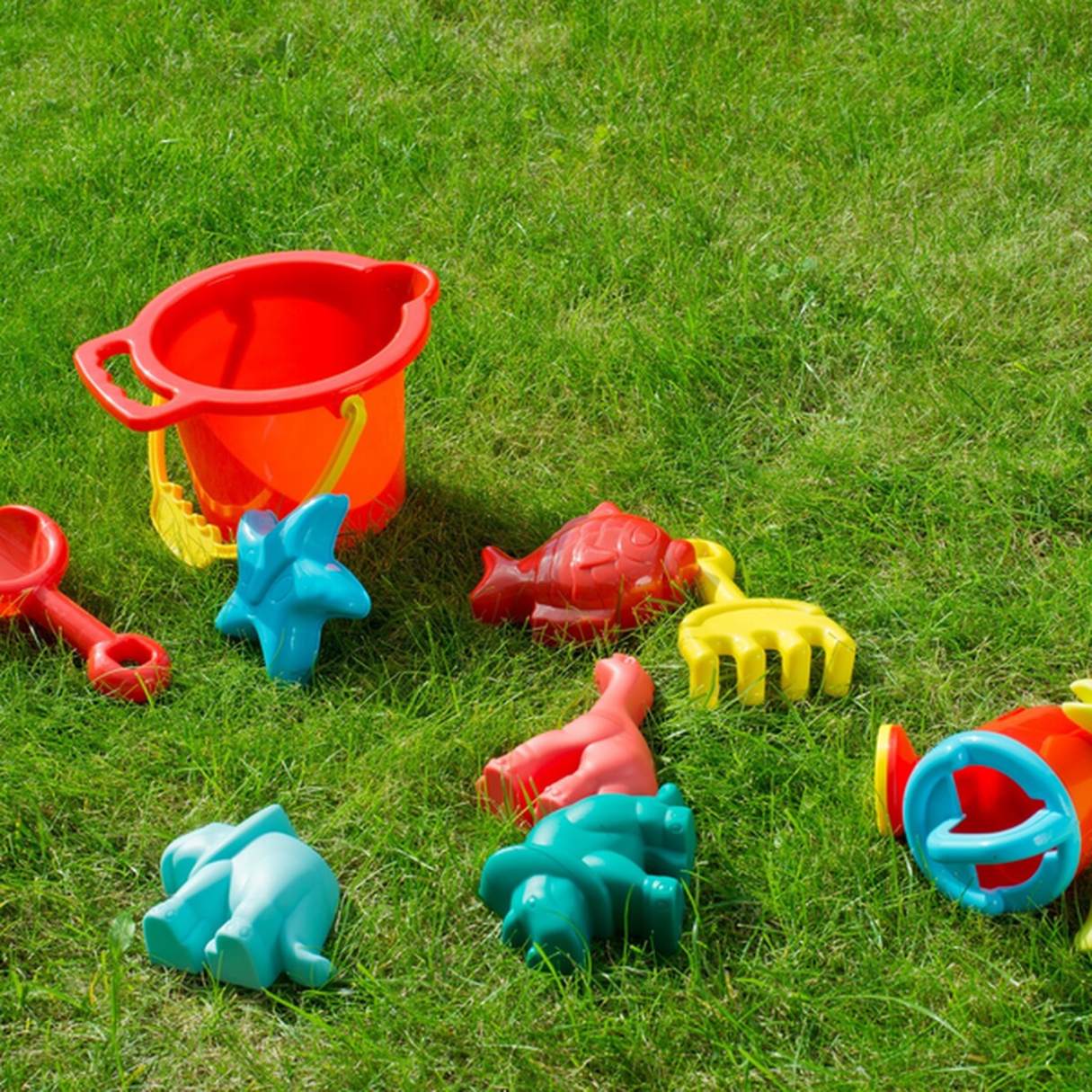

Articles
How To Store Outdoor Toys
Modified: January 19, 2024
Looking for ways to store outdoor toys? Check out our informative articles on how to properly store and organize your children's toys to keep them in great condition and ready for playtime!
(Many of the links in this article redirect to a specific reviewed product. Your purchase of these products through affiliate links helps to generate commission for Storables.com, at no extra cost. Learn more)
Introduction
Outdoor toys are a staple for children of all ages. From bikes and scooters to balls and water toys, these playthings offer endless hours of fun and entertainment. However, when the playtime is over, it’s important to have a proper storage solution in place to keep these toys organized, protected, and ready for the next adventure.
In this article, we’ll explore the steps to effectively store outdoor toys, ensuring their longevity and easy access. Whether you have a small backyard or a spacious outdoor area, these tips will help you maximize space and keep the toys safe from damage and the elements.
So let’s dive into the world of outdoor toy storage and discover the best practices to keep your play area tidy and your toys in top shape.
Key Takeaways:
- Properly storing outdoor toys involves assessing storage needs, sorting and organizing, choosing suitable storage options, preparing toys for storage, and maintaining and rotating them. This ensures organized, protected, and long-lasting playthings for children.
- Utilize vertical storage space, proper ventilation, and weather-resistant containers to store outdoor toys effectively. Regular maintenance and rotation keep the toys in good condition and provide ongoing fun for children.
Read more: How To Store Action Figures
Step 1: Assessing your storage needs
Before you begin organizing and storing your outdoor toys, it’s essential to assess your storage needs. This involves determining the types and quantity of toys you have and identifying the available storage space.
Start by taking an inventory of your outdoor toys. Categorize them into different types such as sports equipment, ride-on toys, water toys, and so on. This will help you get a clear understanding of what you have and what kind of storage solutions you will need.
Next, consider the quantity of each toy type. If you have multiple bikes, scooters, or large play structures, you may require a more significant storage space compared to someone with just a few small toys. Take this into account when planning your storage solution.
Once you have a clear idea of the types and quantity of outdoor toys you have, it’s time to identify the available storage space. Assess your backyard or outdoor area to determine if you have a dedicated storage space like a shed, garage, or storage unit. If not, you may need to look for alternative storage options such as utilizing wall space or investing in outdoor storage solutions.
By assessing your storage needs, you can create an effective plan to organize and store your outdoor toys, ensuring you have the right storage solutions in place.
Step 2: Sorting and organizing
Now that you have assessed your storage needs, it’s time to sort and organize your outdoor toys. This step is crucial for creating a tidy and efficient storage system.
Start by grouping toys together based on their type or category. For example, keep all the sports equipment together, place the ride-on toys in one area, and gather all the water toys in another. This organization will make it easier to locate specific toys when the kids want to play.
As you sort through the toys, remove any broken or unused items. Broken toys not only take up valuable storage space, but they can also be a safety hazard. Discard or repair these toys as needed. Similarly, if you find any toys that are no longer used or have been outgrown, consider donating them or selling them to make room for new toys.
In addition to sorting and removing toys, take the time to clean and maintain them. Outdoor toys can accumulate dirt, dust, and grime from regular use. Use mild soap and water to clean plastic toys, wipe down metal parts to prevent rust, and air dry them thoroughly. Regular maintenance will help prolong the lifespan of your toys and keep them looking their best.
By grouping toys, removing broken or unused items, and cleaning and maintaining your outdoor toys, you set the stage for an organized and clutter-free storage system.
Step 3: Choosing suitable storage options
Now that you have sorted and organized your outdoor toys, it’s time to select suitable storage options to keep them safe and accessible. The right storage solution will depend on the available space, the quantity and size of the toys, and your personal preferences.
One popular storage option is an outdoor shed or storage unit. These structures provide ample storage space for larger toys such as bikes, scooters, and play structures. They offer protection from the elements and can be customized with shelves or hooks for better organization.
If you have limited space or prefer a more portable option, consider using toy boxes or bins. These containers are available in various sizes and materials. Look for ones that are durable and waterproof to safeguard the toys from moisture and damage. Label each box or bin based on the toy type for easy retrieval.
Another space-saving option is wall-mounted storage solutions. Utilizing vertical space not only maximizes storage capacity but also keeps the toys off the ground, making the play area safer and more accessible. Install hooks, racks, or pegboards to hang bikes, helmets, skateboards, and other items neatly.
When choosing storage options, keep in mind factors like durability, accessibility, and aesthetics. Opt for storage solutions that are sturdy and built to withstand outdoor conditions. Additionally, consider how easy it will be for your child to access and put away their toys independently. Finally, choose storage options that complement your backyard decor and create a visually appealing outdoor space.
By selecting suitable storage options, you can create an organized and efficient storage system for your outdoor toys.
Store outdoor toys in a dry, covered area to prevent damage from the elements. Use storage bins or containers to keep small items organized and easily accessible. Consider hanging larger toys on hooks or racks to save space.
Step 4: Properly preparing the toys for storage
Before you store your outdoor toys, it’s important to properly prepare them to ensure they stay in good condition during the storage period. Taking a few extra steps will help prevent damage, extend the lifespan of the toys, and make them ready for play the next time around.
Start by cleaning and drying the toys thoroughly. Use mild soap and water to clean plastic toys, wipe down metal parts to prevent rust, and remove any dirt or debris. Make sure to let the toys air dry completely before storing them to prevent moisture buildup.
If you have larger toys like play structures or ride-on toys, consider disassembling them if possible. This will free up more storage space and make it easier to store and transport them. Keep all the disassembled parts together and label them for easy reassembly in the future.
Next, remove batteries or any electronic components from the toys. This will help prevent corrosion and damage caused by leaking batteries. Store the batteries separately in a cool, dry place to ensure they remain in good condition and ready for use when needed.
Properly preparing the toys for storage will help maintain their quality and extend their lifespan. By cleaning and drying the toys, disassembling larger items if necessary, and removing batteries or electronics, you can ensure that your outdoor toys are ready for play when you retrieve them from storage.
Read more: Top 30 Outdoor Toy Storage Box Ideas To Try
Step 5: Storing the toys
Now that your outdoor toys are cleaned and prepared, it’s time to store them in a way that maximizes space, protects them from the elements, and allows for easy access. Follow these tips to create an efficient and well-organized storage system.
First, utilize vertical storage space to make the most of the available area. Hang bikes, scooters, and helmets on hooks or racks mounted on the walls or inside a shed. This not only frees up floor space but also keeps the toys from getting damaged or tangled.
Ensure proper ventilation and protection from the elements when storing the toys. If using a shed or storage unit, make sure it has proper airflow to prevent moisture build-up. If storing toys outdoors, opt for weather-resistant containers or covers to shield them from rain, snow, and UV rays.
To maintain organization, label and organize storage containers. Clearly mark each container with the toy type or category, making it easy to find and retrieve specific toys. You can use color-coded labels or attach pictures to help younger children identify and return toys to the right container.
Consider investing in stackable or nesting storage containers to optimize space. These containers can be easily stacked or nested when not in use, minimizing clutter and maximizing storage capacity. Make sure they are durable and waterproof, especially if stored outdoors.
By utilizing vertical storage space, ensuring proper ventilation and protection from the elements, and labeling and organizing storage containers, you can create a well-structured and efficient storage system for your outdoor toys.
Step 6: Regular maintenance and rotation
Proper maintenance and regular rotation of outdoor toys are essential for their longevity, cleanliness, and continued enjoyment. Follow these steps to ensure that your toys remain in good condition and provide ongoing fun for your children:
First, regularly check your outdoor toys for any signs of damage or wear. Inspect plastic toys for cracks, broken parts, or fading colors. Examine metal parts for signs of rust or corrosion. If you notice any issues, repair or replace the affected toys to prevent accidents during play.
Periodically clean and sanitize your outdoor toys to keep them hygienic and safe for use. Use mild soap and water to wash plastic toys, and wipe down metal parts with a cloth. For water toys, empty and dry them thoroughly to prevent mold or mildew growth. Regular cleaning helps remove dirt, grime, and bacteria.
Rotate your outdoor toys to maintain interest and play value. Children can quickly grow tired of playing with the same toys. Keep them engaged by periodically swapping out toys from storage. This not only keeps their playtime fresh and exciting but also extends the lifespan of the toys by reducing overuse.
When rotating toys, consider the season or weather conditions. For example, during the summer, focus on water toys, while in colder months, bring out the sports equipment or ride-on toys. Pay attention to your child’s interests and preferences to provide them with a variety of toys that cater to their evolving tastes.
By regularly checking for damage or wear, cleaning and sanitizing the toys, and rotating them to maintain interest and play value, you can ensure that your outdoor toys remain in great condition and continue to provide hours of enjoyment for your children.
Conclusion
Storing outdoor toys properly is crucial for keeping them organized, protected, and ready for play. By following the steps outlined in this article, you can create an efficient and well-structured storage system that maximizes space and extends the lifespan of your toys.
Start by assessing your storage needs by determining the types and quantity of outdoor toys you have and identifying the available storage space. Sort and organize your toys by grouping them by type or category, removing any broken or unused items, and cleaning and maintaining them.
Choose suitable storage options based on your space and preferences, such as outdoor sheds or storage units, toy boxes or bins, or wall-mounted storage solutions. Make sure to properly prepare the toys for storage by cleaning and drying them, disassembling larger toys if necessary, and removing batteries or electronics.
When storing the toys, maximize space by utilizing vertical storage solutions, ensure proper ventilation and protection from the elements, and label and organize storage containers for easy retrieval. Regularly maintain and rotate the toys by checking for damage or wear, cleaning and sanitizing them periodically, and rotating them to maintain interest and play value.
In conclusion, with a well-planned storage system and regular maintenance, you can keep your outdoor toys in excellent condition, prolong their lifespan, and provide ongoing enjoyment for your children. So take the time to organize, store, and maintain your outdoor toys, and get ready for many more memorable outdoor adventures.
Frequently Asked Questions about How To Store Outdoor Toys
Was this page helpful?
At Storables.com, we guarantee accurate and reliable information. Our content, validated by Expert Board Contributors, is crafted following stringent Editorial Policies. We're committed to providing you with well-researched, expert-backed insights for all your informational needs.
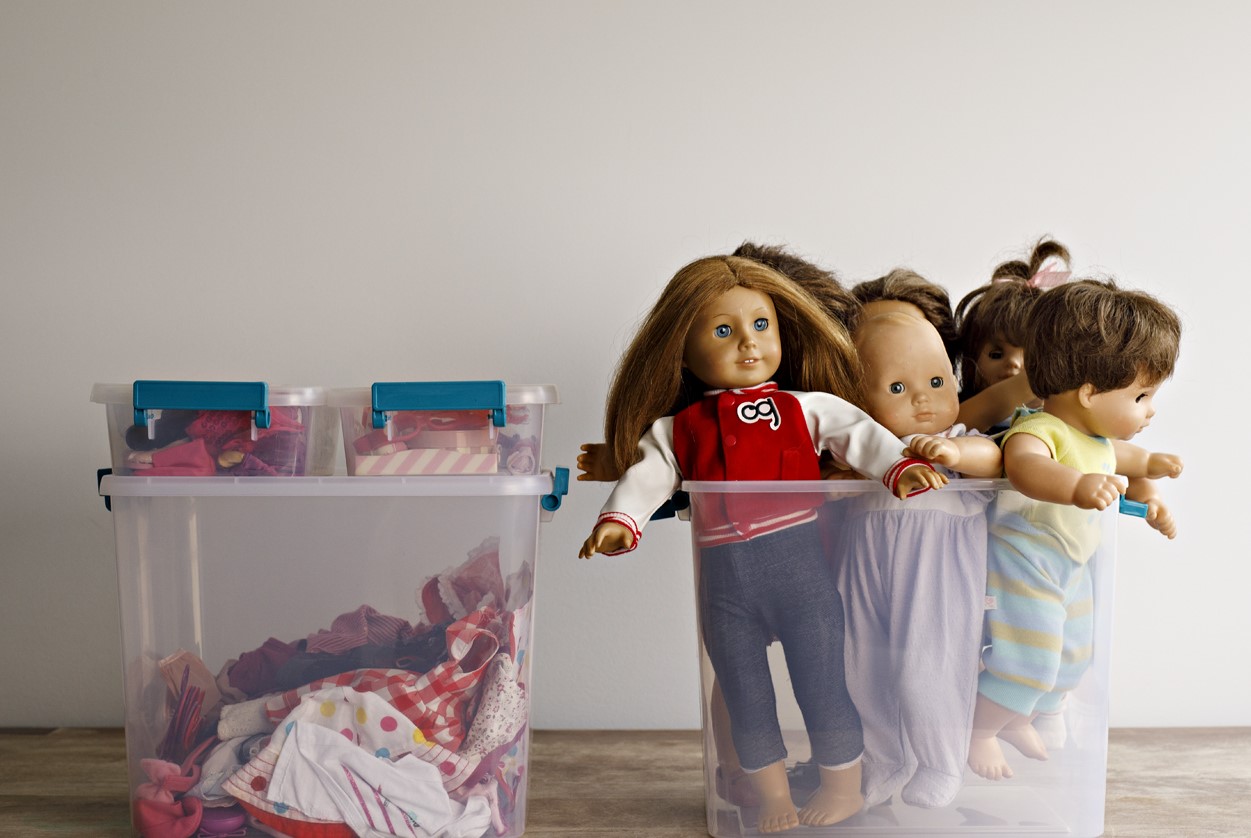
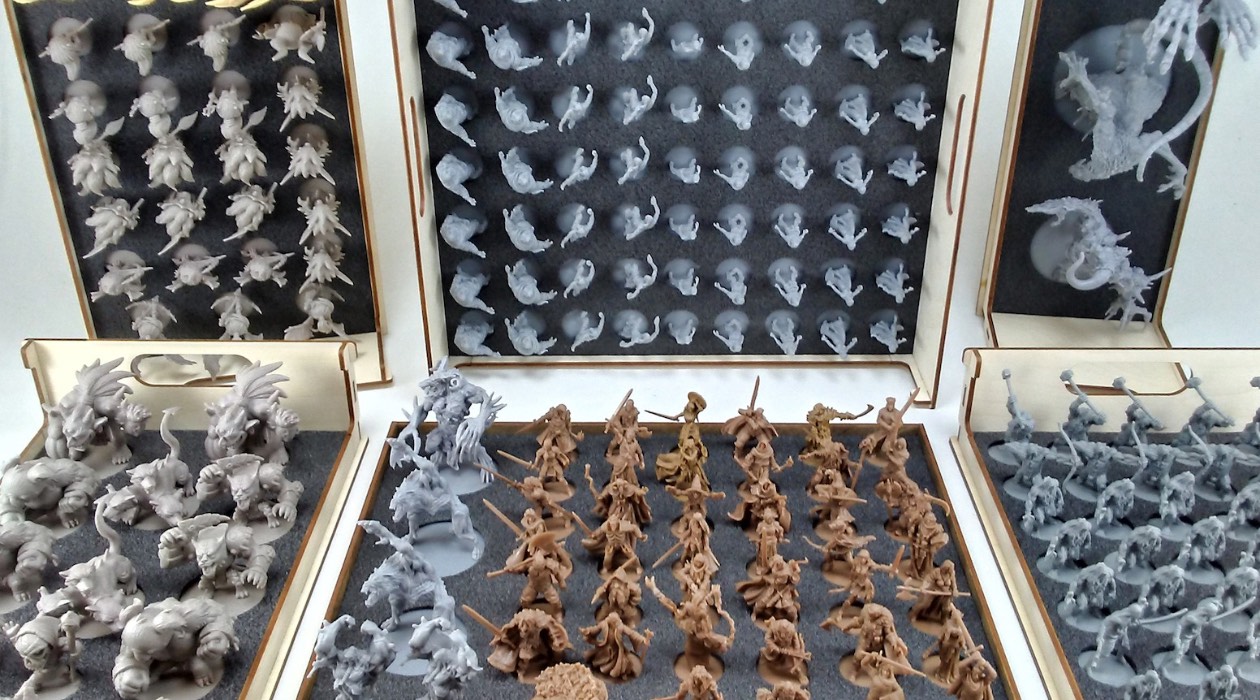
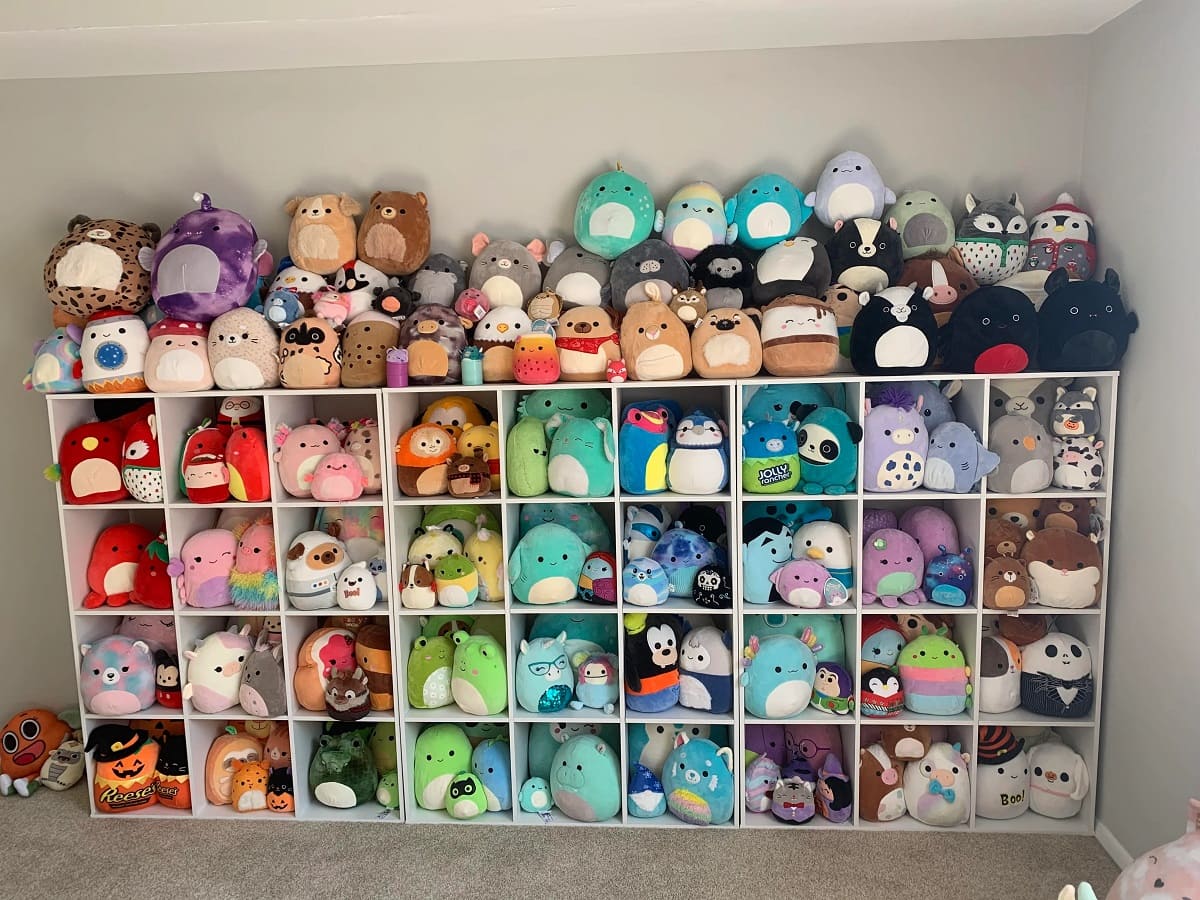
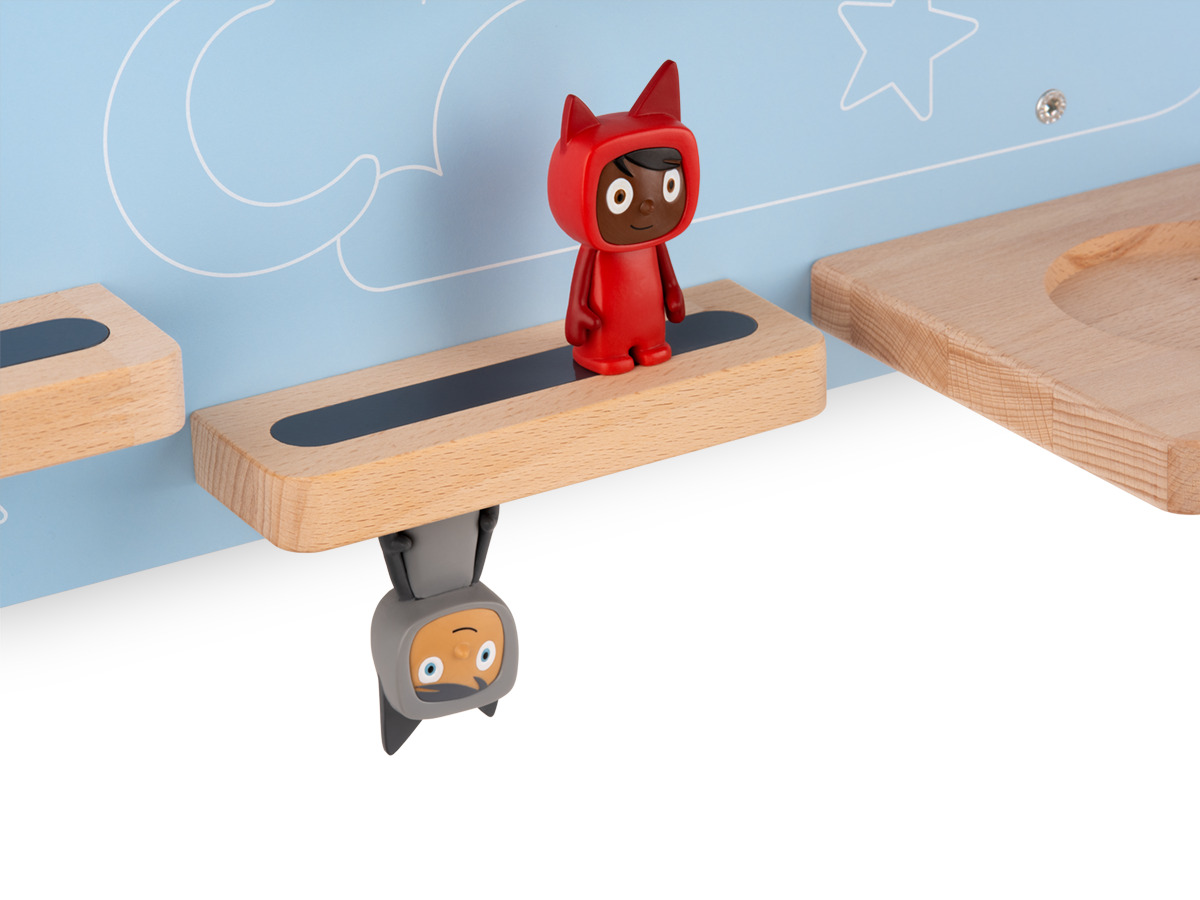
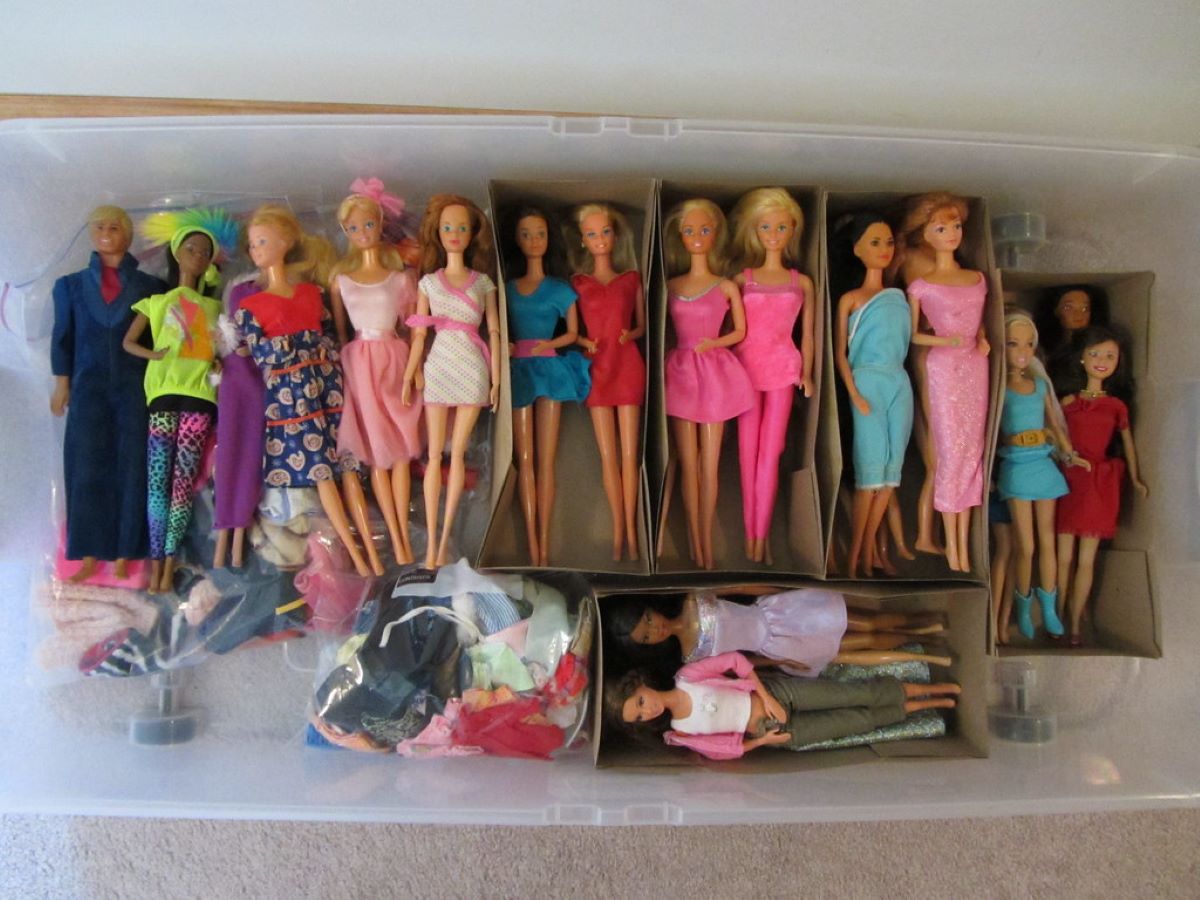
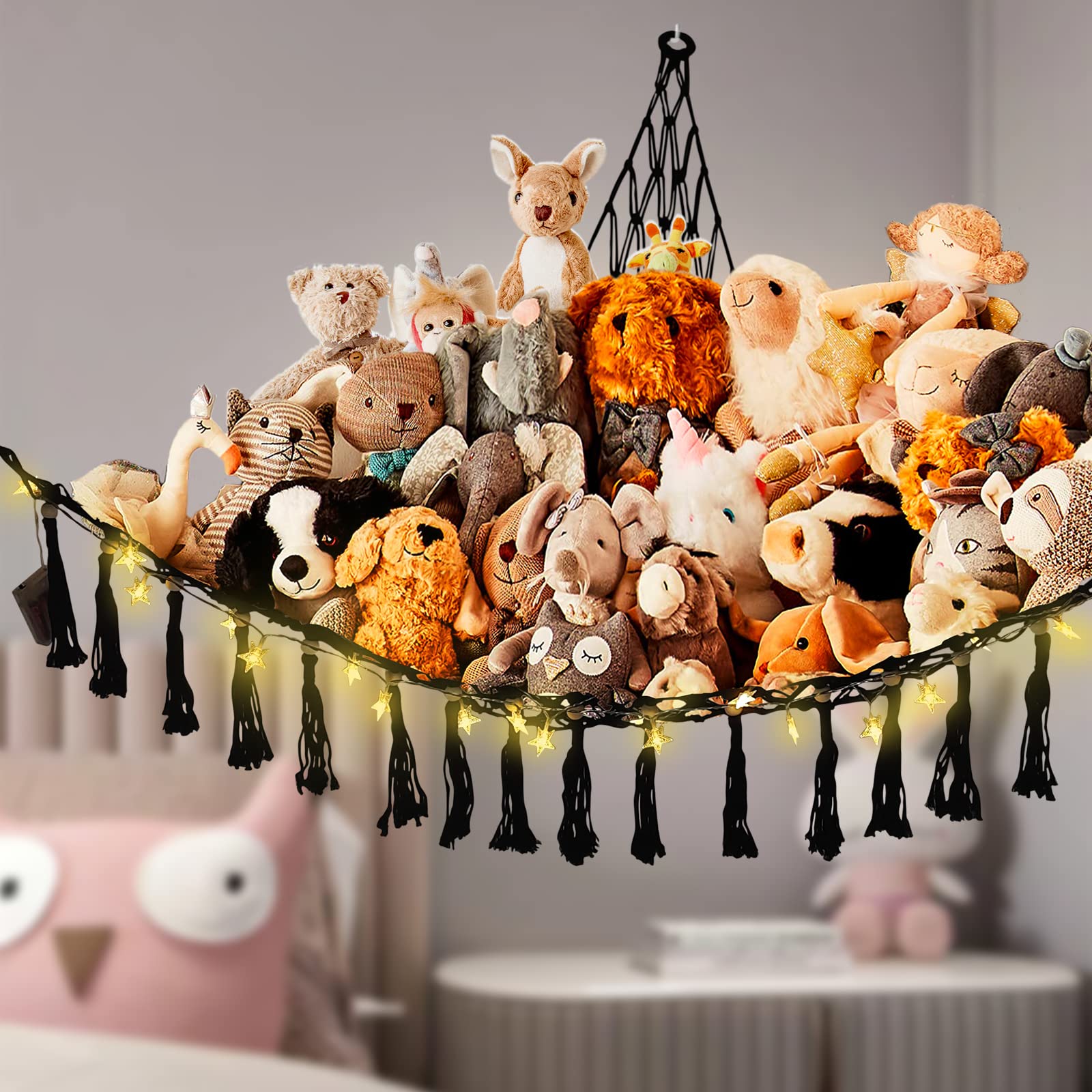
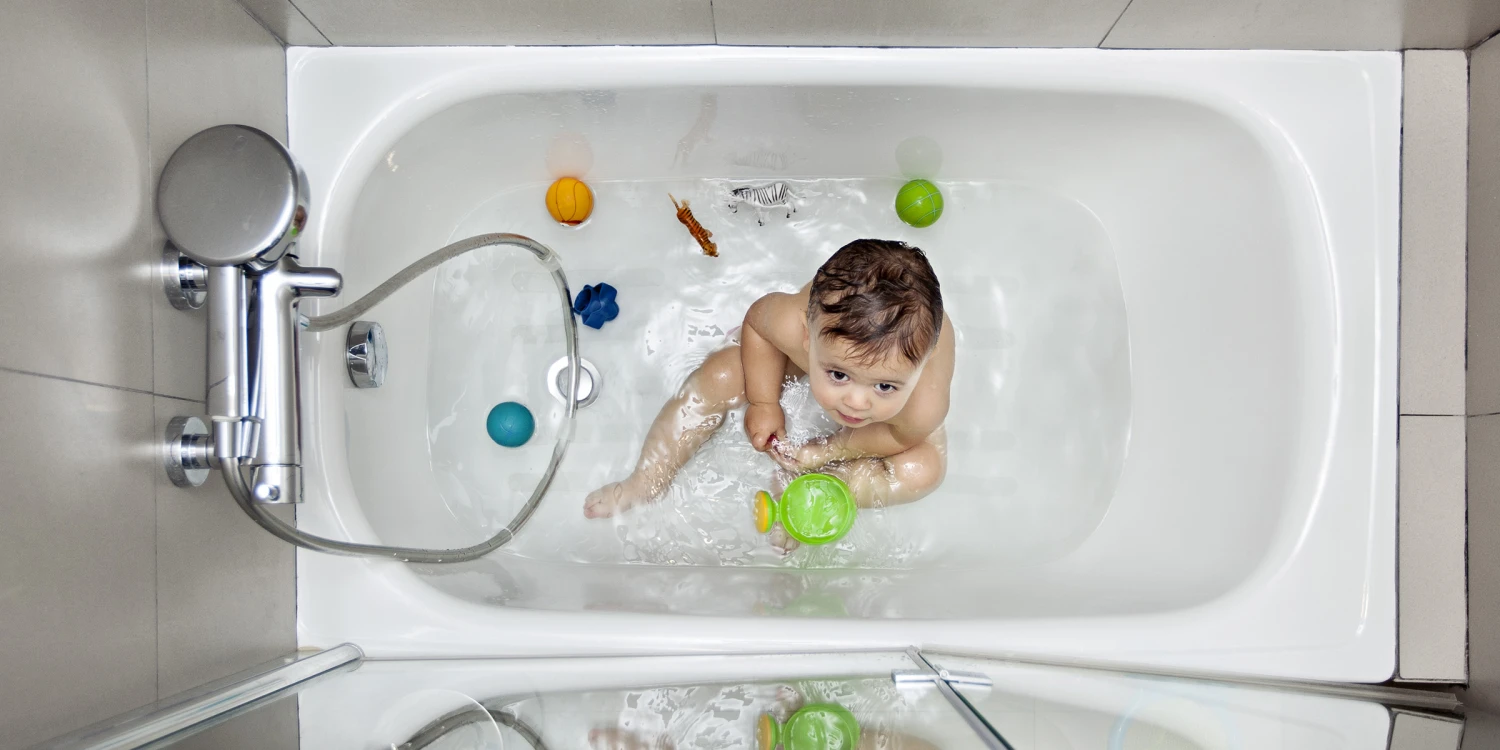
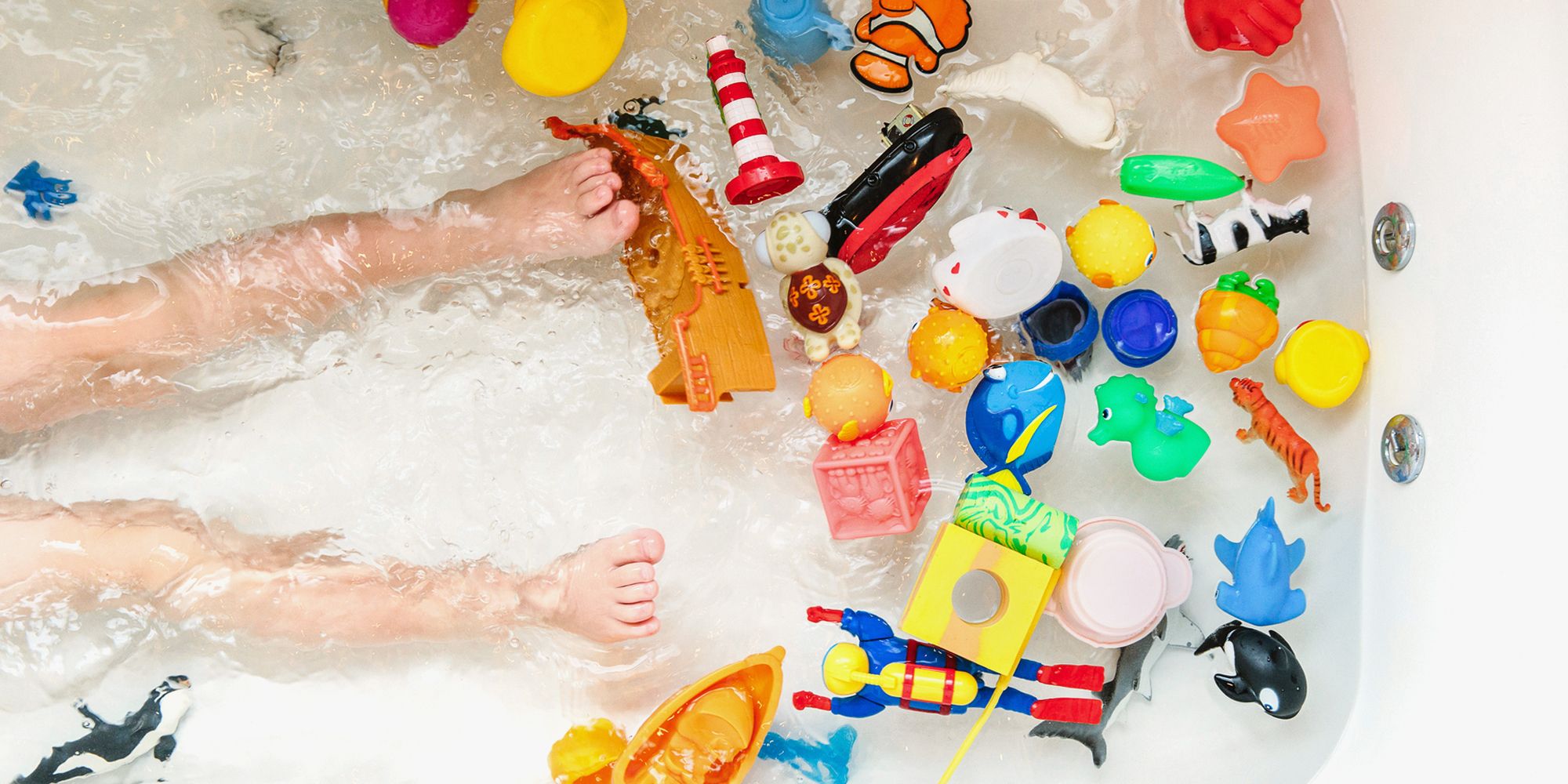
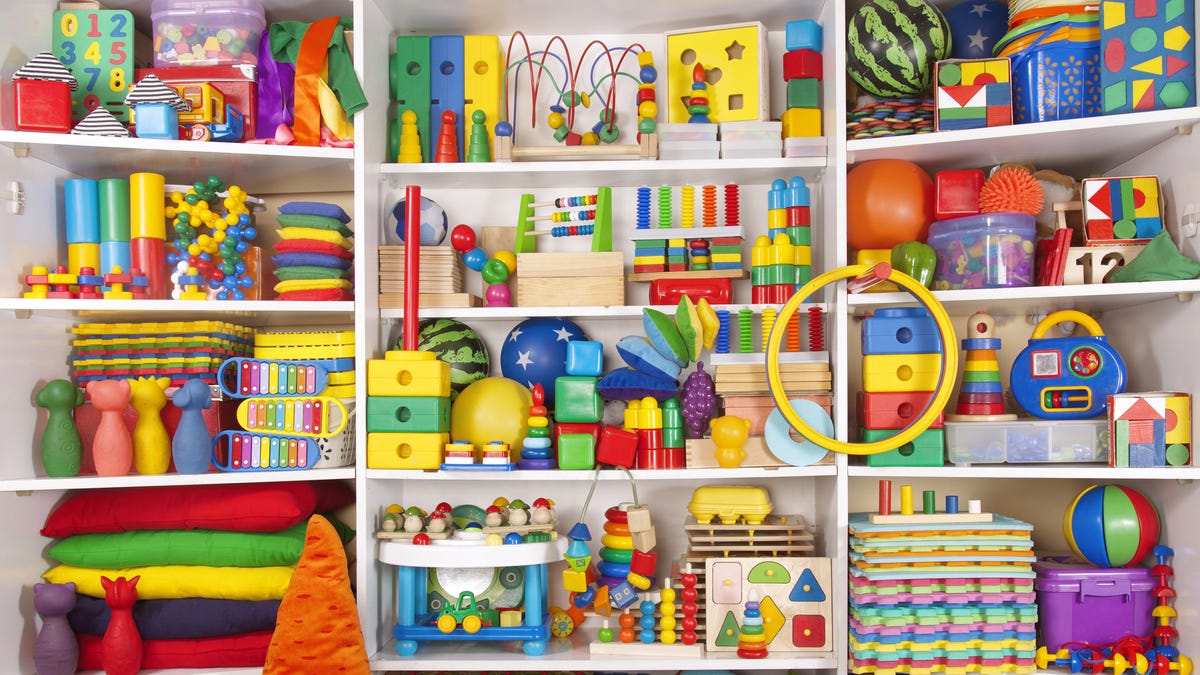
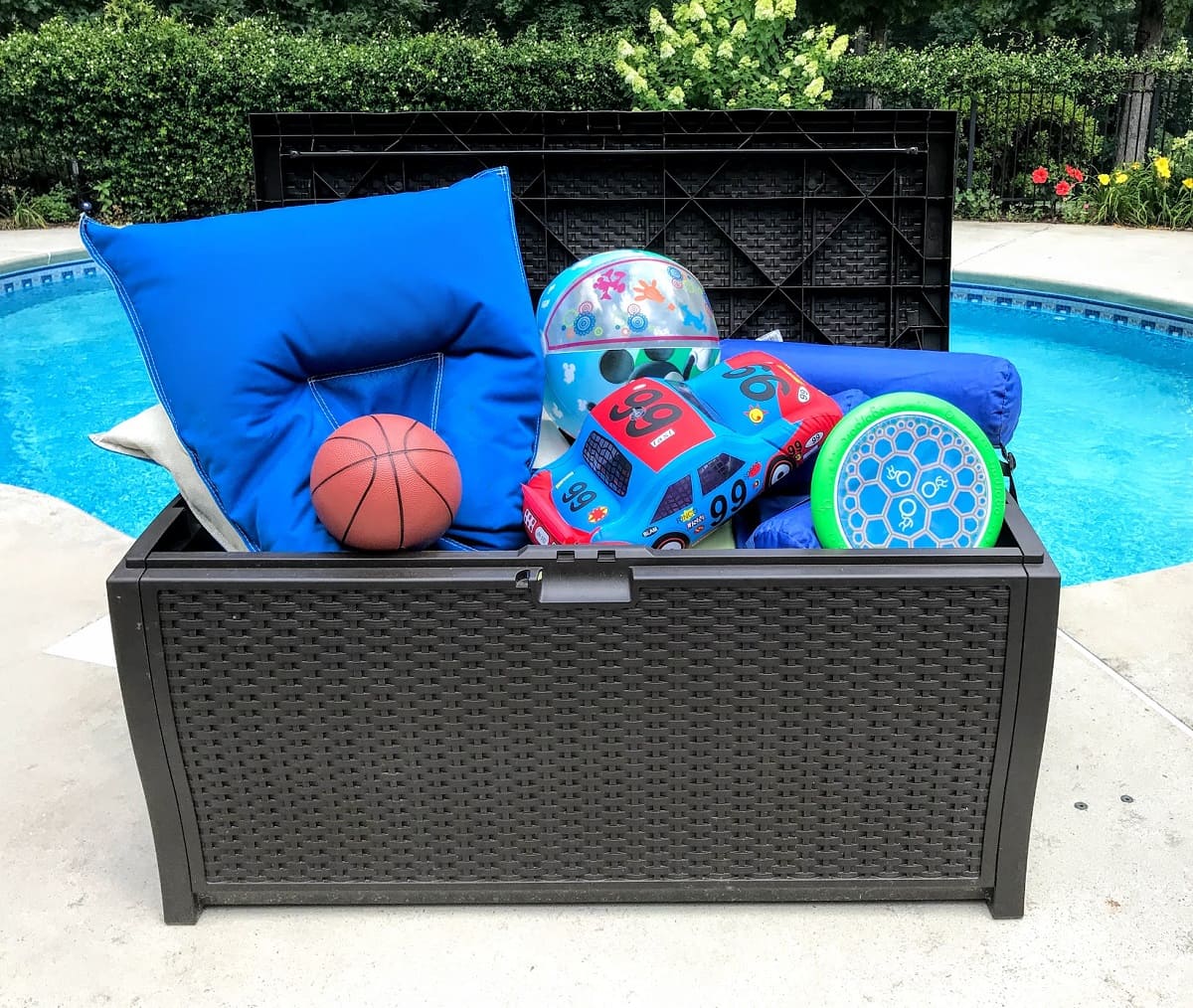
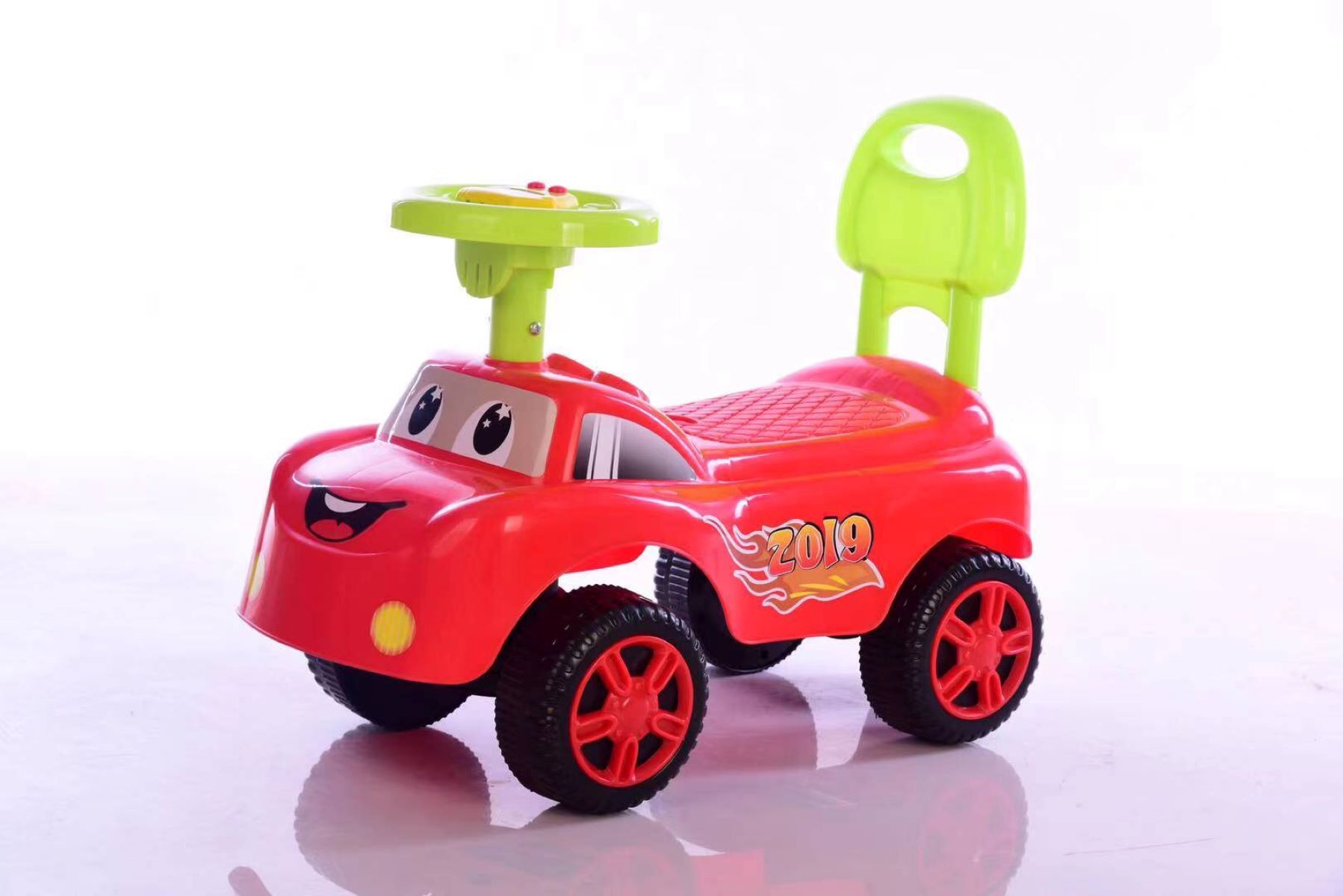
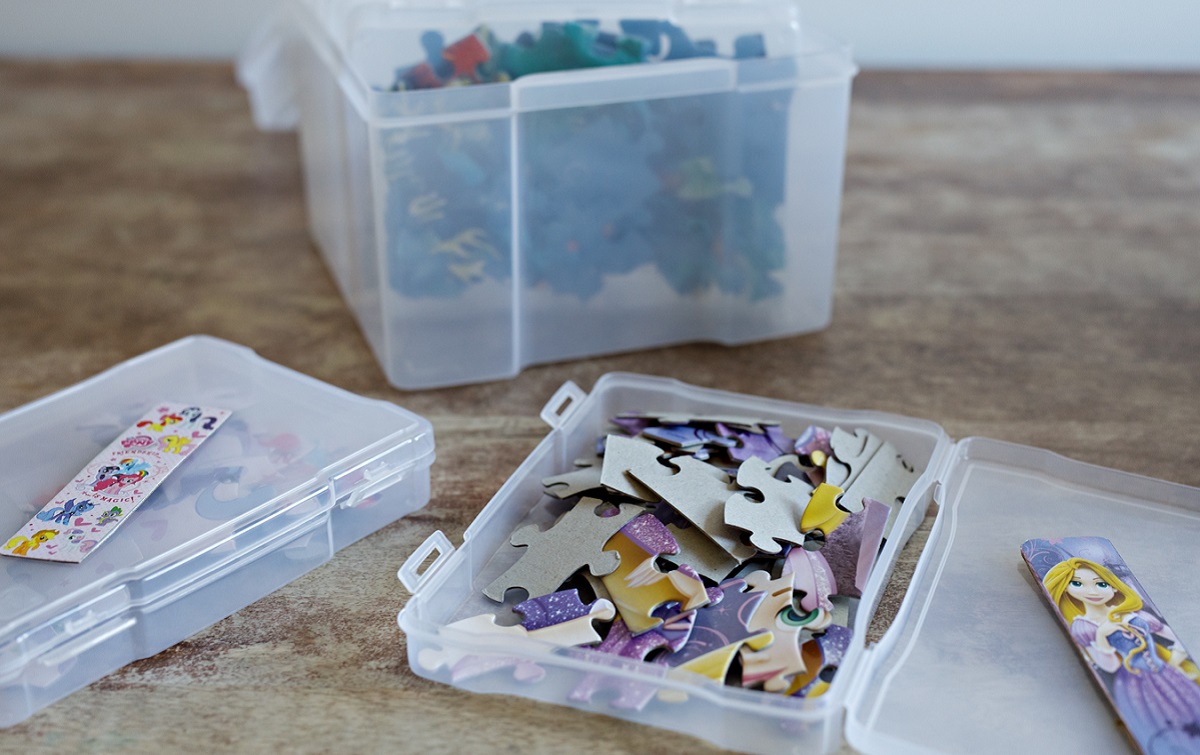
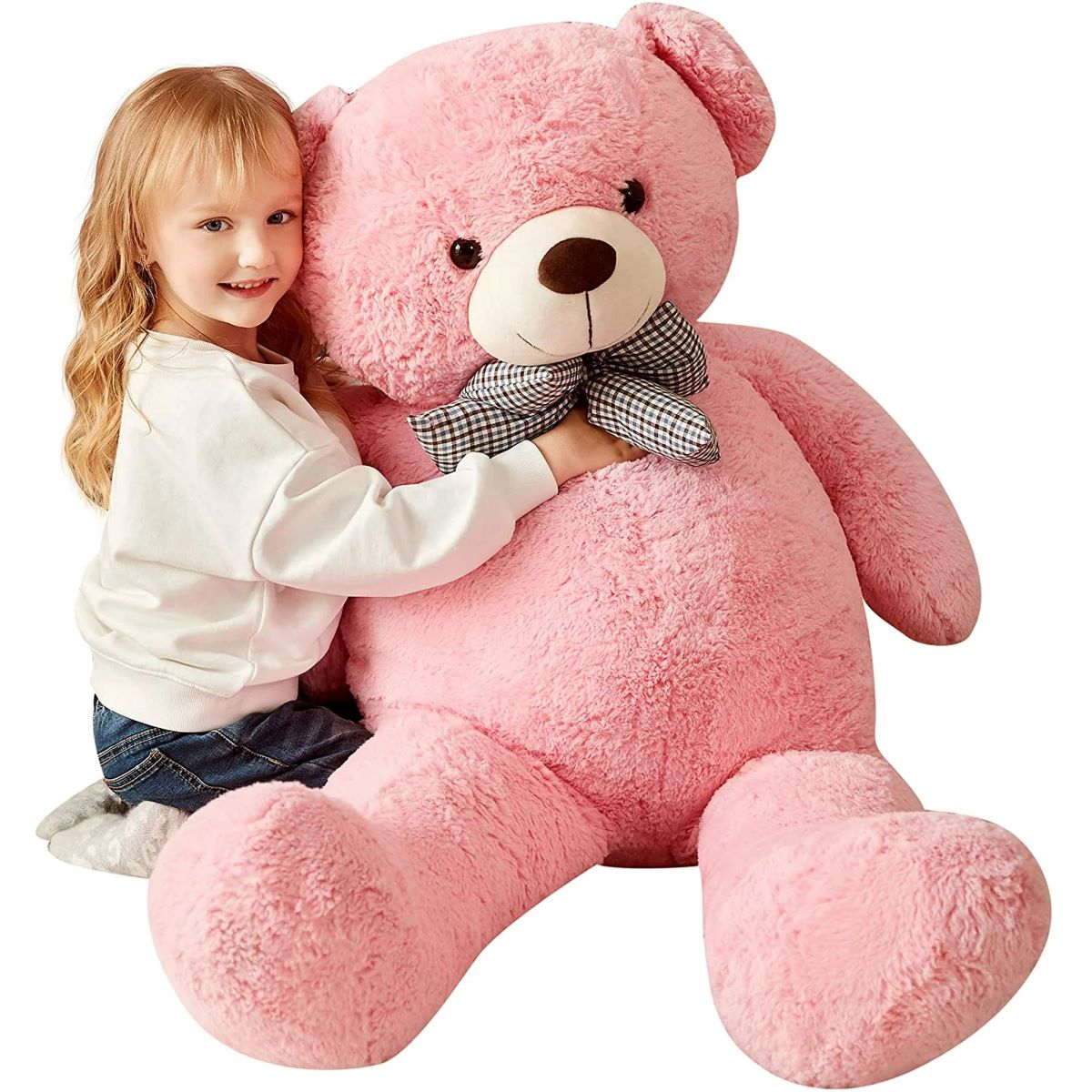
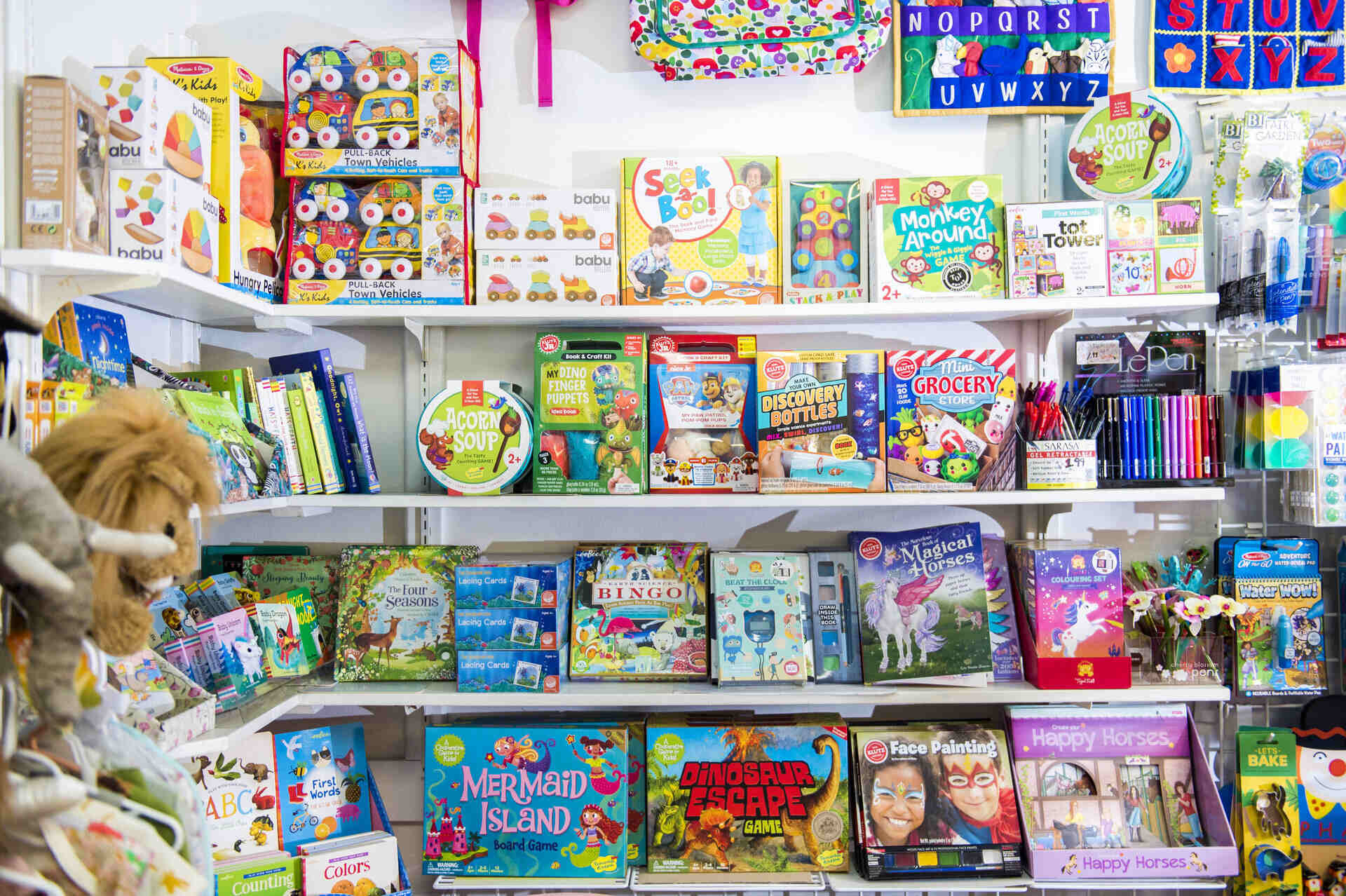

0 thoughts on “How To Store Outdoor Toys”